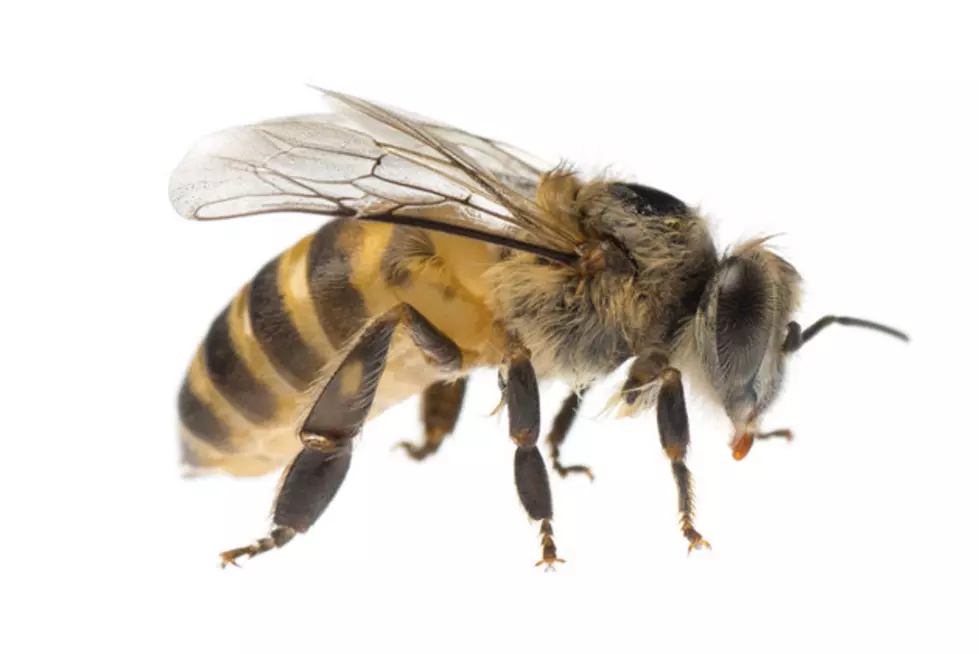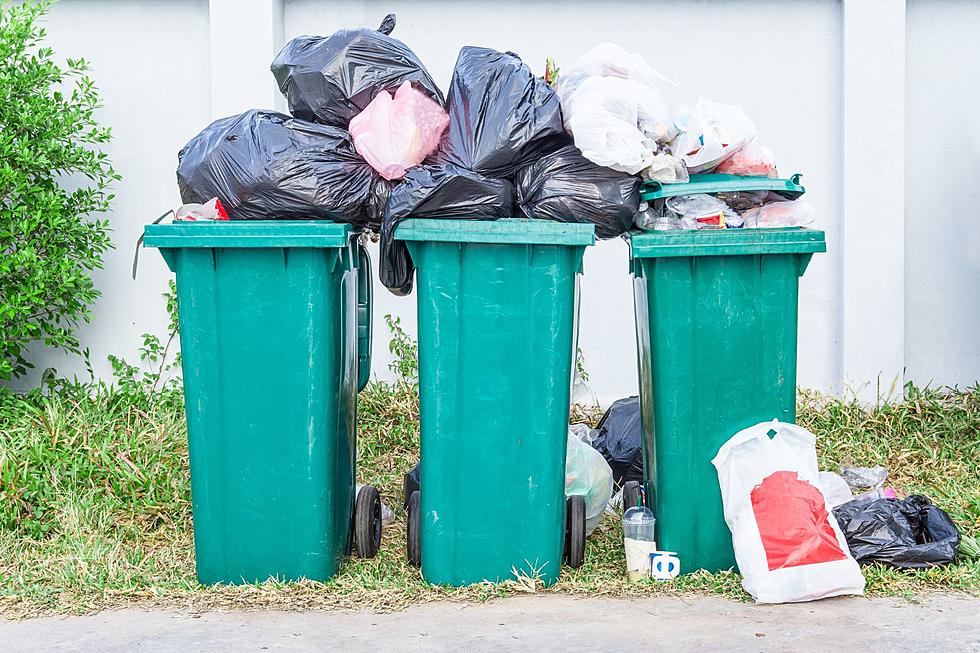
Need a hobby? Raise bees and help the Garden State
Looking for a new hobby? State officials are encouraging you to consider beekeeping in your backyard.
This is the time of year when honey bees go to work helping to pollinate many types of fruits and vegetables in in the Garden State, enabling farmers to grow bigger, better crops.
Right now, New Jersey beekeepers are getting moved into cranberry farms.
"The bogs are getting ready to bloom (and New Jersey is a significant grower of cranberries,” said New Jersey state apiarist Tim Schuler. “Other beekeepers have their hives in vine crops, which would be things such as squash, cucumbers and pickles, then later on in the summer it would be cantaloupes, watermelons and then pumpkins."
Schuler pointed out there are currently about 20,000 colonies owned by New Jersey beekeepers, and each colony may have as many as 60,000 honey bees — but the more the merrier.
He said amateur beekeeping continues to grow in popularity with many Jersey residents, and “it’s something they can do in their backyard and it helps the environment as a whole.”
He said your backyard beehive could grow to as large as 30 or 40,000, maybe even 50,000, but it will vary.
“When there’s a lot of food available in the form of nectar and pollen, the population of the colony expands, but once we get into July it begins to shrink back,” he said. “There will be 20 or 30,000 that will be inside the hive doing work in there, and you know the other 30,000 in the height of the season would be out foraging."
Shuler stressed that sounds like a huge number of bees but it’s important to note “half of that population will not be outside of the hive, only about half of the adult worker bees go out and about.”
He added “they come back to the hive at night, and then they head out as soon as the sun comes up the next day.”
You may be wondering, with all those bees flying around, is it dangerous?
“It’s generally not the case because honey bees are interested in gathering pollen and nectar, they’re not really interested in people,” he said.
“They behave much differently that yellow jackets, wasps and hornets," he said.
He said certain food crops are highly dependent on honey bees, including almonds, apples, blueberries cranberries, cucumbers, squash, cherries, melons and pumpkins.
Schuler pointed out the shortage of bees, caused by what’s known as the colony collapse disorder, is slowly getting better, because beekeepers are taking steps to keep the Varroa mite, a pest of honey bees, out of the hive.
According to the U.S. Environmental Protection Agency, reported cases of CCD have declined substantially over the last five years.
The agency reports the number of hives that do not survive over the winter months – the overall indicator for bee health – has maintained an average of about 28.7 percent since 2006-2007 but dropped to 23.1 percent for the 2014-2015 winter.
While winter losses remain somewhat high, the number of those losses attributed to CCD has dropped from roughly 60 percent of total hives lost in 2008, to 31.1 percent in 2013.
You can contact reporter David Matthau at David.Matthau@townsquaremedia.com
More from New Jersey 101.5:
More From New Jersey 101.5 FM









